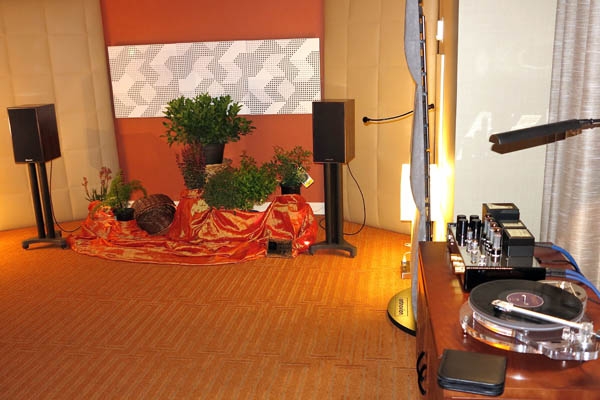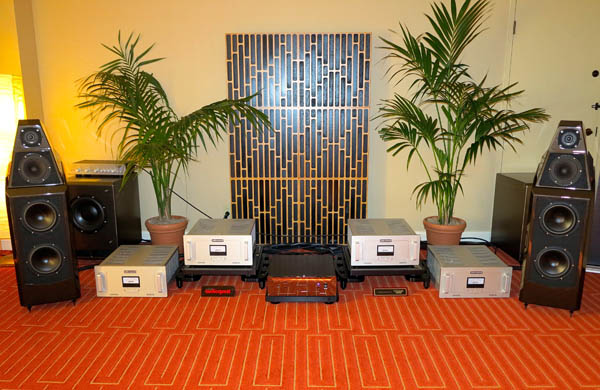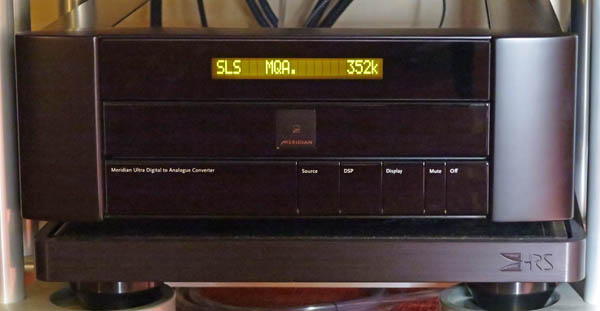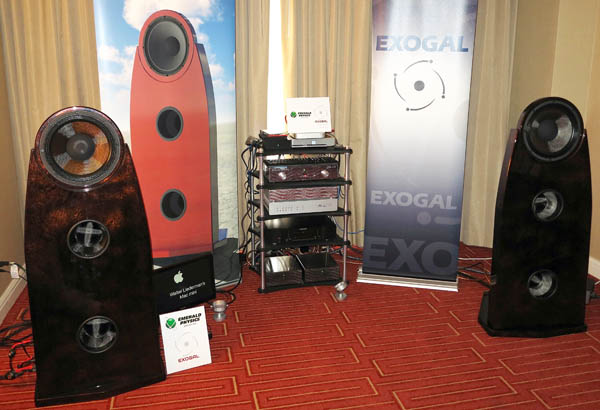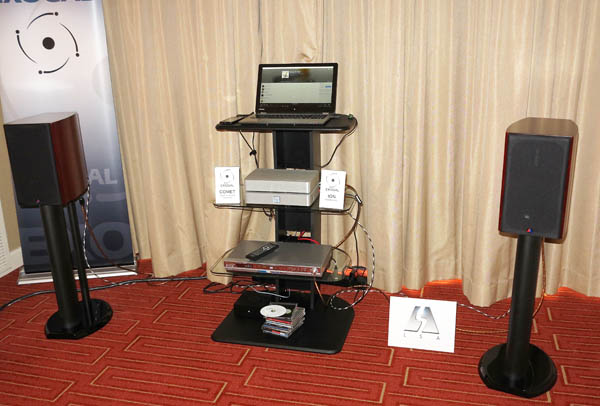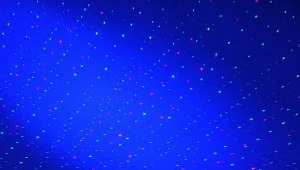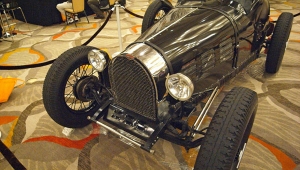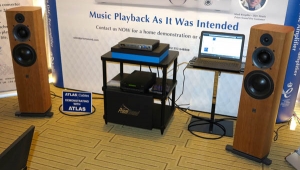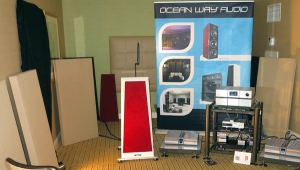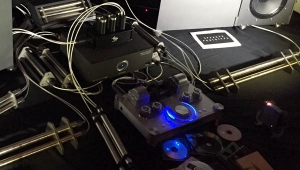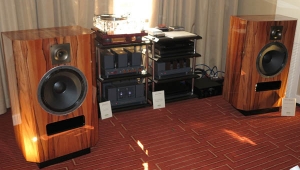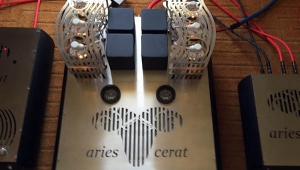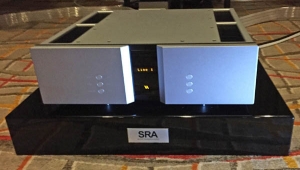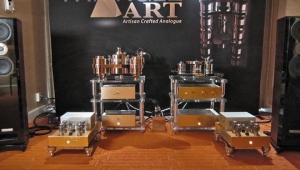| Columns Retired Columns & Blogs |
I covet that room and patio.
I heard a piece on those big ass V's that was lovely.
It was a tad dark, but I am easy on that because it usually includes a laid back midrange.
Did you and Sasha get to compare impressions in any given room? That would make for a fascinating show report. I saw that you did meet in one room but I don't recall comparative impressions.
